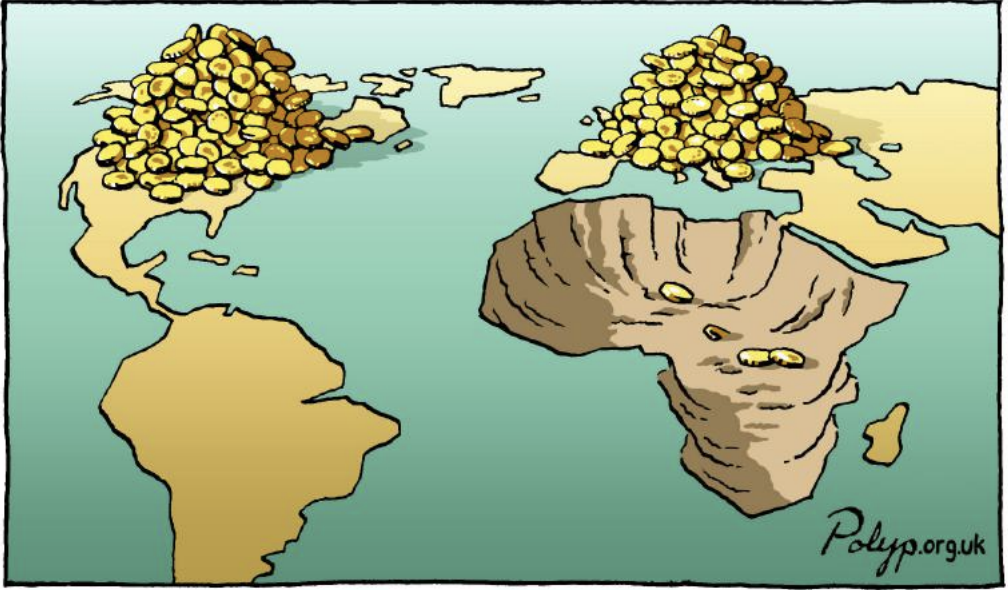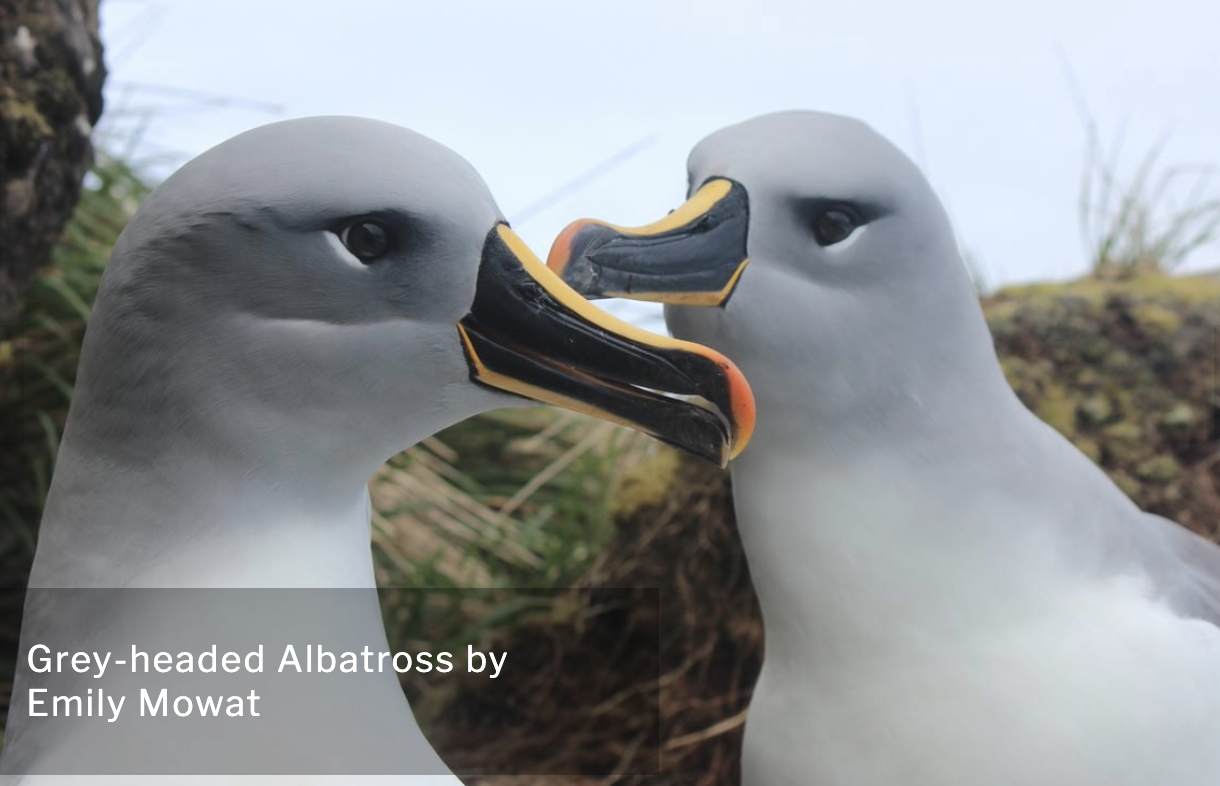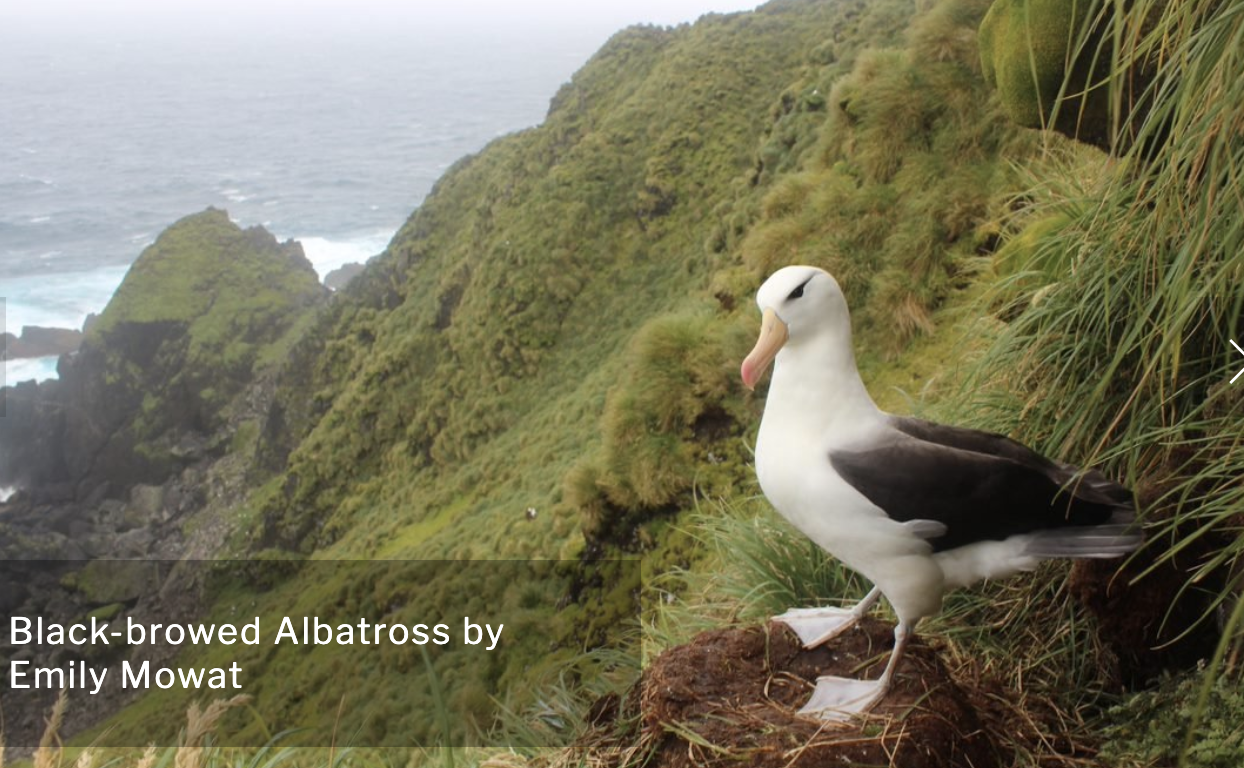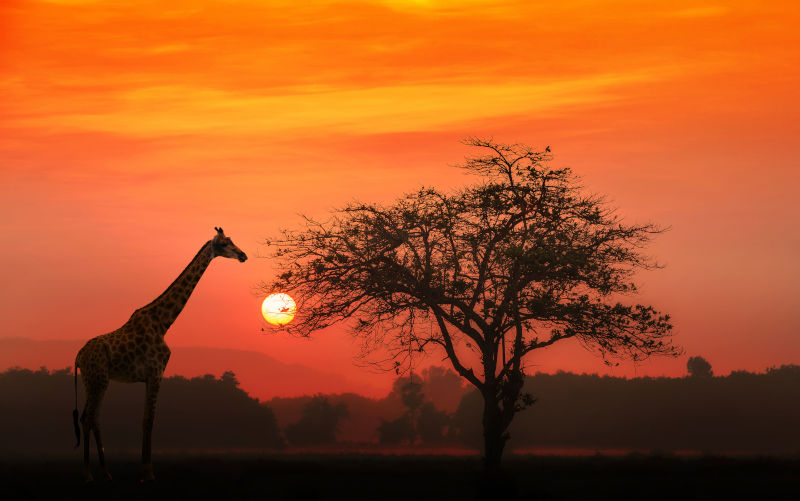Environment: Natural resources, renewable energy, opportunities and vision will create the African Century
June 24, 2023
A plan for Africans to take control of Africa and make it prosperous, fair and low carbon. Price of solar panels falling again. Protection for Macquarie Islands wildlife.
Creating a prosperous future and a just transition for 1 billion
Theres a large landmass south of Europe. Its call Africa. You may have heard about it. It gets the occasional mention in the media, usually with reference to things like poverty, corruption, massacres, famine, resource course, civil wars, droughts, floods, foreign debt, that sort of thing. The Western press often presents Africans (theres more than a billion) and African nations (there are 55) as a single entity (perhaps two: North Africa and Sub-Saharan Africa) and implies the existence of some combination of backwardness, fecklessness and being pitiable a basket case.

In the Preface to a new report, Just Transition. A climate, energy and development vision for Africa, William Ruto, President of Kenya and Chair of the Committee of African Heads of State and Government on Climate Change (is Mr Albanese a member of any similar regional group?) presents a different picture:
Africa is bursting with possibilities and a vast endowment of natural resources. The continents renewable energy potential is 50 times greater than the anticipated global electricity demand for the year 2040. The continent also has over 40% of the global reserves of key minerals for batteries and hydrogen technologies. Africa, also, has the largest tracts of arable land, and the continent is young, with 70% of the people under 30 years of age. It is time to tap these riches to achieve the aspirations of the people.
Opportunity beckons for Africa to make this century, the African Century, in which the continents economies leapfrog by harnessing the vast endowment of clean energy resources. We are ready to leap into a future powered by Africa and demonstrate that the continent can industrialise in a low carbon and sustainable manner.
Realising the continents potential requires bold new approaches matched by the magnitude of the existential challenges posed by climate change which affects the continent disproportionately. The bold actions must be coupled with a strong sense of urgency, and avoid pitfalls and traps of maldevelopment pathways which in the past, have held back the continent. Replicating mistakes of the past and expecting new results, is not an option.

The report rightly places emphasis on the murder, oppression and looting that has occurred during Africas colonial past and post-colonial present, and on the (neoliberal) structural adjustment policies imposed by the International Monetary Fund. It also recognises that climate change is now compounding the largely externally created problems and identifies three structural development challenges that are common across the African nations:
- A lack of food sovereignty,
- A lack of energy sovereignty, and
- The low value-added content of exports relative to imports.
The way forward involves a renaissance of African ideas and leadership based on African values and cultures. This will deliver people-centred, gender-equal, prosperous development and social justice and a more assertive international role that includes South-South collaboration and self-reliance. The foundation for this will be:
- Access by every citizen to abundant, affordable, nutritious food produced by a shift away from export-oriented, cash-crop, industrial agriculture towards community-based agro-ecological systems;
- A pan-African industrial policy that reduces extractive industries, assembly-line manufacturing and low value-added exports and expands internal markets and economies of scale to generate employment and benefits for Africans;
- The development of an African-owned, modern, decentralised energy system that leapfrogs dirty fossil fuel technologies and takes advantage of Africas massive renewable energy potential to deliver affordable electricity to all Africans, especially the 600 million who currently lack access. This will advance Africas climate goals while avoiding false solutions (carbon markets, carbon capture and storage, and geo-engineering).
This is a different fate for and image of Africa. One that tackles the intertwined climate (and broader ecological), energy and development crises. One where Africans determine their own destiny, shed the decades-long traps of dependency, indebtedness, failure to prosper and poor health, and adopt an optimistic collective vision of a prosperous, low-carbon future for all Africans.
Solar panels getting cheaper again
People had got used to the price of solar panels plummeting over the previous ten years, so it was a bit of a shock when prices started to increase during Covid due to temporary bottlenecks in the supply of silicon from China, the worlds major source. Normal service has now been resumed with prices falling steadily since late 2021 and they are now back to their nadir in mid 2020.

Solar cells, units about the size of your hand that absorb the suns energy, make up solar panels, the things you see on house roofs, and large numbers of panels make up industrial-scale solar arrays, the things you see in fields that supply power to the grid. Solar panels are the costliest part of a new utility-scale solar array but are responsible for only about a third of the cost. Nonetheless, because so much solar power is expected to be installed over the next few years, even small variations in the price of panels can have an enormous effect on the overall cost of the energy transition.
Macquarie Island Marine Park trebles in size
The current Commonwealth government is no better than its predecessor when it comes to action to halt climate change but the Albanese government looks like it will be much better at protecting Australias land and marine environments as, in fairness, were the Rudd and Gillard governments.
Minister Plibersek has announced the expansion of the Macquarie Island Marine Park from 162,000 to 475,000 square kilometres (twice the size of Victoria). Over 90% of the park will be completely closed to fishing, mining and other extractive industries.

Macquarie Island provides a home and breeding ground for millions of threatened birds (penguins, albatrosses and petrels) and subarctic fur seals and southern elephant seals. The oceans around it provide critical food supplies, especially during breeding seasons.
The consultation process before the ministers decision received almost 15,000 submissions, 99% of which supported the expansion of the park. Those letters to ministers and submissions to enquiries do matter, so keep sending them.
Farmers for climate denial
The climate deniers are still out there accounting for about 10% of the population but you dont seem to hear as much from them these days and, except for the rich and influential ones, they can be completely ignored, in my view.
However, if you want a reminder of what climate deniers think and the sort of half-cocked ideas they come up with, please read The Carbon Dioxide problem will be gone in ten years by a NSW cattle producer. And dont miss the comments that followed publication of the article gems abound:
I hope this irrational madness will stop before its too late. CO2 is a gas for life. Its not a pollutant. 97% natural and its greening our plant.
If only people would listen to a true debate instead of the one-sided illogical rubbish we are fed by the media and our leftist governments trying to grab votes.
More people like you have to declare climate catastrophy for what it really is a total hoax. IPCC leaders have admitted that climate action has nothing to do with the environment. Its more to do with an attempt to achieve a socialist utopia!
By coincidence, Peter Singer made the environmental rather than ethical case for eliminating not just beef but all animal products from our diet in an article in The Conversation about the same time.
(not) Fun facts
On average, the task of producing Australian coal generates 70 kg of carbon dioxide equivalent greenhouse gases (CO2e) for each tonne of saleable coal. However, when one tonne of Australian coal is burnt it releases 2.65 tonnes of CO2e into the atmosphere about 40 times as much as producing it.
Of course, as 70-80% of our coal is exported, that doesnt need to concern us. Or at least not from Australias emissions measurement point of view. On the other hand, it doesnt matter where its burnt in terms of increasing global warming but our pollies dont seem overly concerned about that.
World Albatross Day
June 19th was the fourth World Albatross Day. The theme this year was plastic pollution. Previous themes have highlighted other threats to albatrosses: island pests, albatross-unfriendly fishing practices and climate change.
Macquarie Island provides a safe haven for the Black-browed Albatross, which has an extremely large range and appears to be increasing in number, and the Grey-headed Albatross which is listed as Endangered because the world population has fallen rapidly over the last century, probably as a result of longline fishing. Both species use Macquarie Island for breeding.



